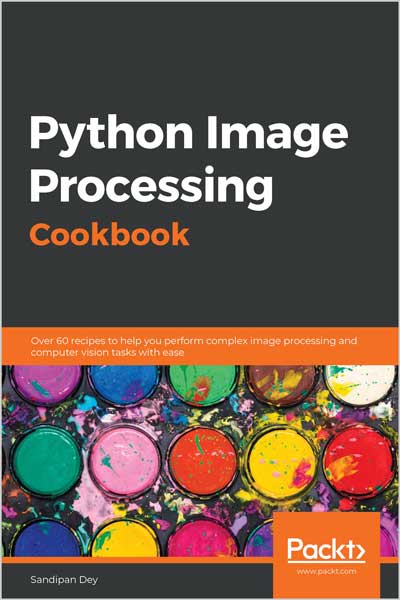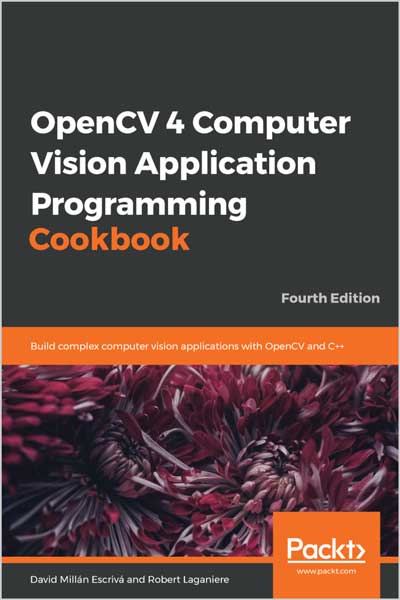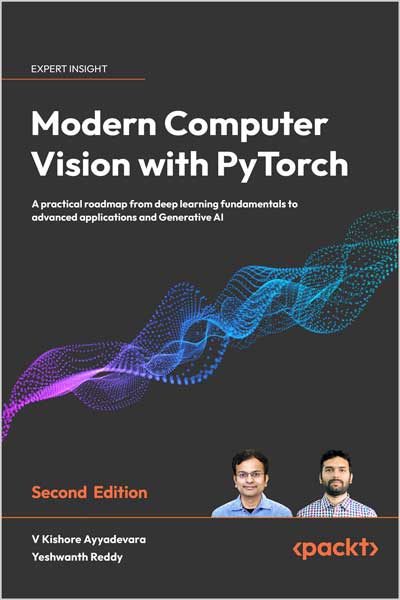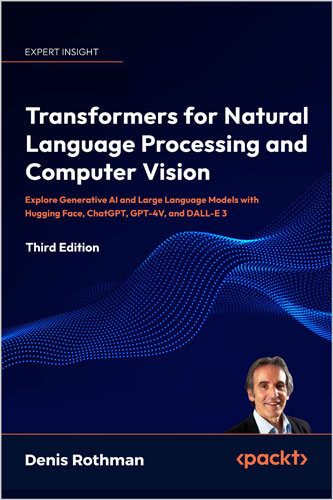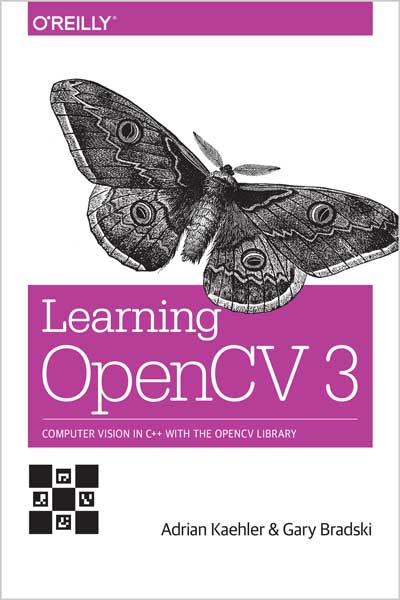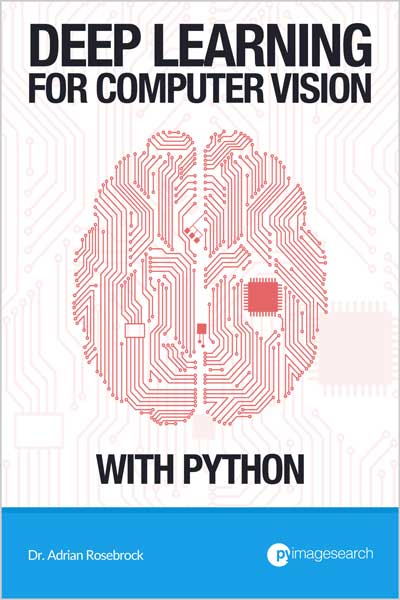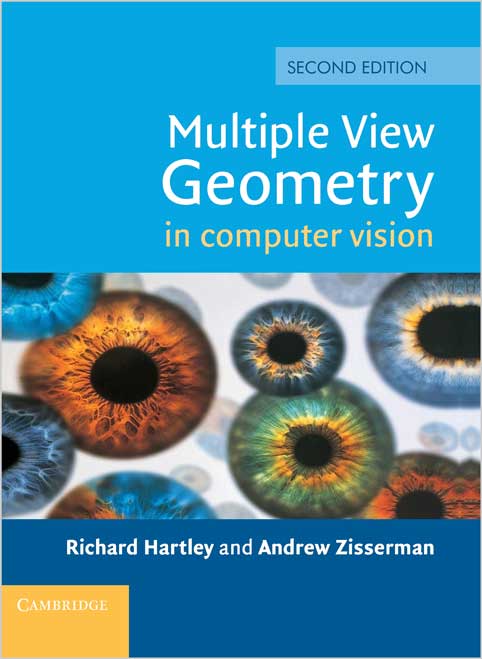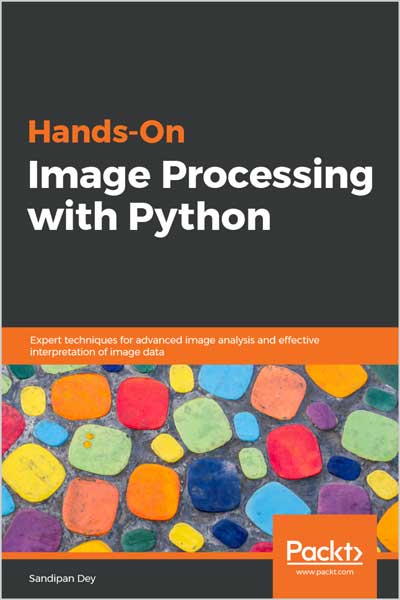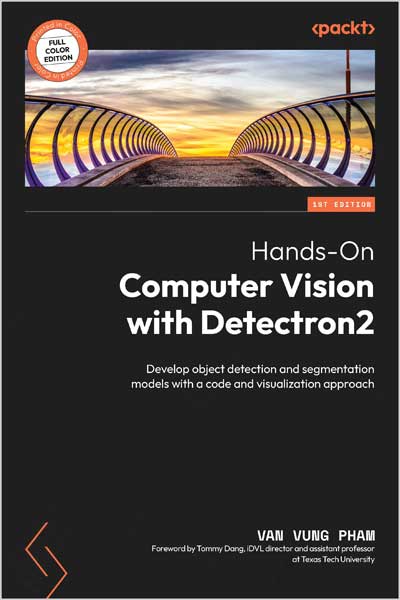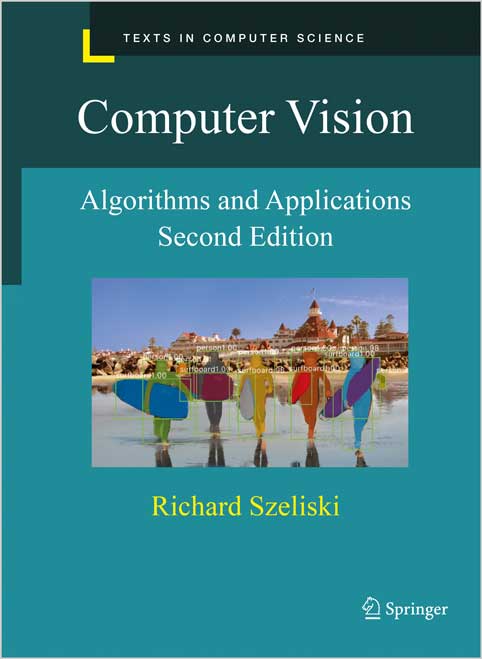End-to-End Machine Learning for Images
Valliappa Lakshmanan, Martin Görner, and Ryan Gillard
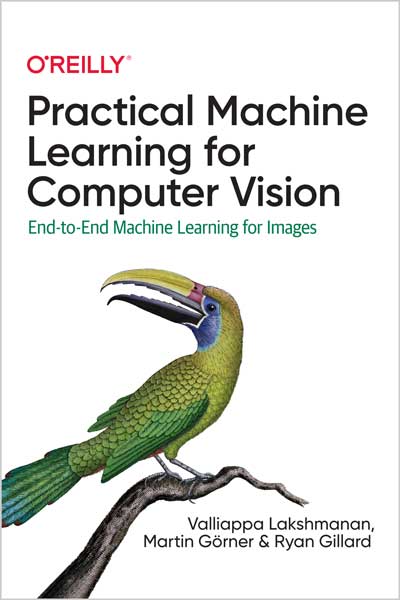
#ML
#Machine_Learning
#Computer_Vision
This practical book shows you how to employ machine learning models to extract information from images. ML engineers and data scientists will learn how to solve a variety of image problems including classification, object detection, autoencoders, image generation, counting, and captioning with proven ML techniques. This book provides a great introduction to end-to-end deep learning: dataset creation, data preprocessing, model design, model training, evaluation, deployment, and interpretability.
Google engineers Valliappa Lakshmanan, Martin Görner, and Ryan Gillard show you how to develop accurate and explainable computer vision ML models and put them into large-scale production using robust ML architecture in a flexible and maintainable way. You'll learn how to design, train, evaluate, and predict with models written in TensorFlow or Keras.
You'll learn how to:
- • Design ML architecture for computer vision tasks
- • Select a model (such as ResNet, SqueezeNet, or EfficientNet) appropriate to your task
- • Create an end-to-end ML pipeline to train, evaluate, deploy, and explain your model
- • Preprocess images for data augmentation and to support learnability
- • Incorporate explainability and responsible AI best practices
- • Deploy image models as web services or on edge devices
- • Monitor and manage ML models
Who Is This Book For?
The primary audience for this book is software developers who want to do machine learning on images. It is meant for developers who will use TensorFlow and Keras to solve common computer vision use cases.
The methods discussed in the book are accompanied by code samples available on GitHub. Most of this book involves open source TensorFlow and Keras and will work regardless of whether you run the code on premises, in Google Cloud, or in some other cloud.
Developers who wish to use PyTorch will find the textual explanations useful, but will probably have to look elsewhere for practical code snippets. We do welcome contributions of PyTorch equivalents of our code samples; please make a pull request to our GitHub repository.
How To Use This Book
We recommend that you read this book in order. Make sure to read, understand, and run the accompanying notebooks in the book’s GitHub repository—you can run them in either Google Colab or Google Cloud’s Vertex Notebooks. We suggest that after reading each section of the text you try out the code to be sure you fully understand the concepts and techniques that are introduced. We strongly recommend completing the notebooks in each chapter before moving on to the next chapter.
Google Colab is free and will suffice to run most of the notebooks in this book; Vertex Notebooks is more powerful and so will help you run through the notebooks faster. The more complex models and larger datasets of Chapters 3, 4, 11, and 12 will benefit from the use of Google Cloud TPUs. Because all the code in this book is written using open source APIs, the code should also work in any other Jupyter environment where you have the latest version of TensorFlow installed, whether it’s your laptop, or Amazon Web Services (AWS) Sagemaker, or Azure ML. However, we haven’t tested it in those environments. If you find that you have to make any changes to get the code to work in some other environment, please do submit a pull request in order to help other readers.
The code in this book is made available to you under an Apache open source license. It is meant primarily as a teaching tool, but can serve as a starting point for your production models.
